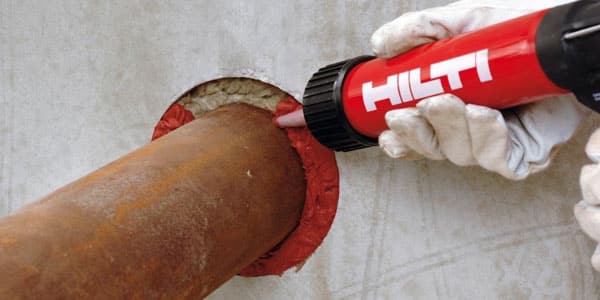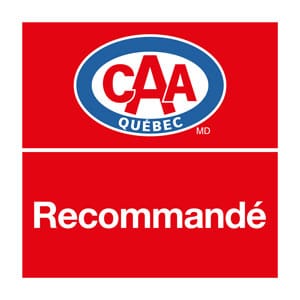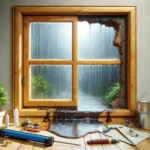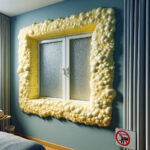The Hilti Group specializes in the manufacture and sale of products dedicated to building and construction professionals. The company operates in more than 120 countries around the world, bringing together product development centers and factories and manufacturing.
The company produces a wide range of tools and equipment including sealants and firewall seals that are of interest to caulking companies. These Canadian-certified sealants are designed to protect buildings and structures from fire and smoke.
A round-up of the different specificities of
Hilti sealants and firewall joints
…

Silicone-based fire-scary putty
This silicone-based sealant is resistant to fumes, gas and water. This material has a good grip on the support, without primer
This sealing putty is used in the building to absorb joint movements in the passages of pipes, pipes, cables and ducts in walls and floors. The goal is to resist fire and prevent the spread of fires.
The specifics of silicone putty fire-breakers
- It is suitable for concrete, gypsum, metal, steel, glass
- Temperature range: 40C to -5C
- Hardening time: 2 mm/day
- It can’t be painted
Acrylic-based fire putty
It’s a universal fire-locked caulking. The material is flexible ideal for recovery and piercing joints.
The specifics of fireproof acrylic putty
- Temperature range: 5 to -40 degrees Celsius
- Average hardening time: 3 mm/3 days
- It can be painted
High-performance intumescent fire-up putty
The peculiarity of the intumescent sealant is that it thickens under prolonged high heat. It’s a complete solution with quick and easy installation that meets the needs of fire-proof caulking.
The specifics of intumescent fire putty
- It is suitable for concrete, metal, wood, gypsum
- Temperature range: 40C to -5C
- Average hardening time 2 mm/3 days
 Anti-fire sealing manipulation: the precautions to take
Anti-fire sealing manipulation: the precautions to take
The
fire caulking professional
must follow a safety protocol for the use of fire sealants and seals:
- Aerate parts so as not to inhale chemical fumes
- Keep products safe from ignition sources (no smoking nearby)
- Respect storage conditions (keep in a cool, dark place between 5 and 25 degrees Celsius)
Anti-fire sealants are toxic to water, the environment and users
Elite Calfeuting Technicians are trained to use firewall joints and sealants. The implementation of these products must be done in a homogeneous manner by combining aesthetics and technique. Indeed, in a building, the firewalls are visible. It is therefore best to ensure that they are perfect and harmonious to the eye.
Professionals first undertake an adhesion test to check the strength of the seal on the material. Fire-resistant caulking is a life-saving safety feature. Professionals are therefore made aware of this technique.
Firewall Regulations
In Quebec, the Quebec Building Authority (RBQ) has published an installation guide dedicated to fire-cutting products and registers.
This guide
 is aimed at building professionals and caulking companies, experts in sealing and firewalls.
is aimed at building professionals and caulking companies, experts in sealing and firewalls.
Canada’s National Building Code stipulates the requirement for firewall systems that meet ULC standards: CAN/ULC-S115. The purpose of these standards is to prevent the spread of smoke, flames, gas and fires through joints and structures.
If you would like more information on the subject, we invite you to contact our Caulking Service Quebec, our expert will answer all your questions and requests, please go to the contact form
or call one of the following numbers:
for Laval and North Shore
or
for Montreal and South Shore



